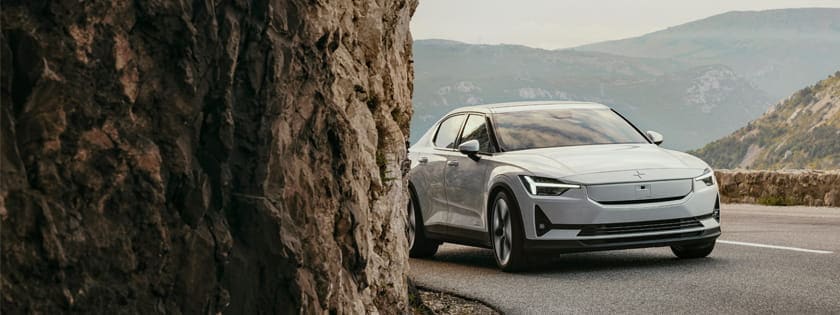Can you imagine having a car that you're financing declared a total loss because of an accident or theft — but still having to make payments on it?
Because I sold cars at dealerships for 12 years, I've seen this scenario more times than I can count. People fell into this situation not because of poor planning, some car dealership scheme or cosmic bad luck. It happened because many shoppers didn't fully understand their car insurance policies or what they meant for their auto loans. These car owners assumed that if they were to lose their car to an accident or theft, their car insurance would handle the money part and they'd just go get a different car and move on with their lives.



 by
by 
